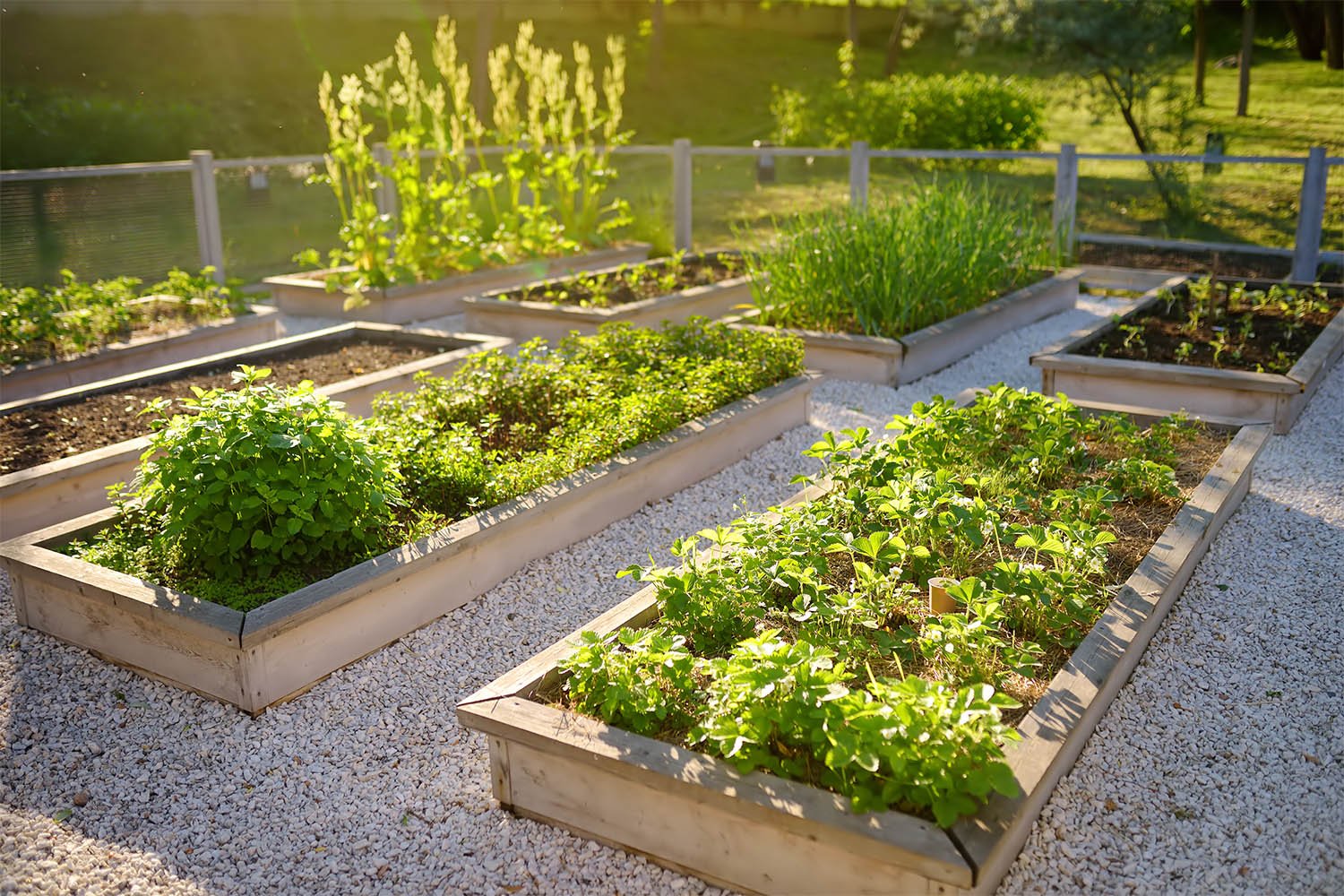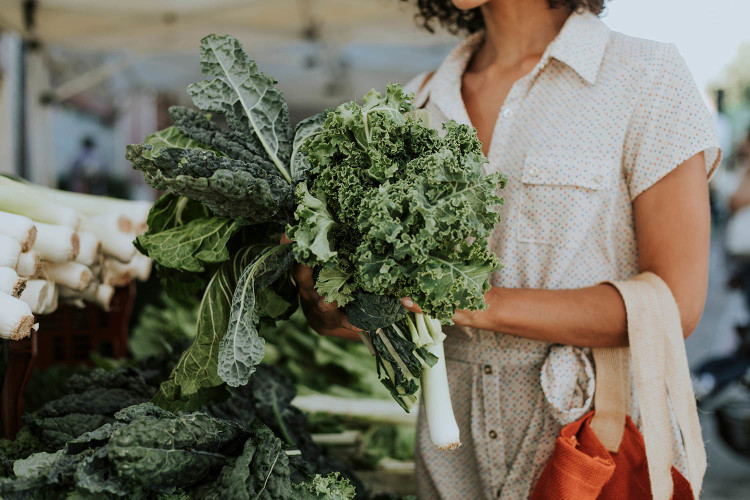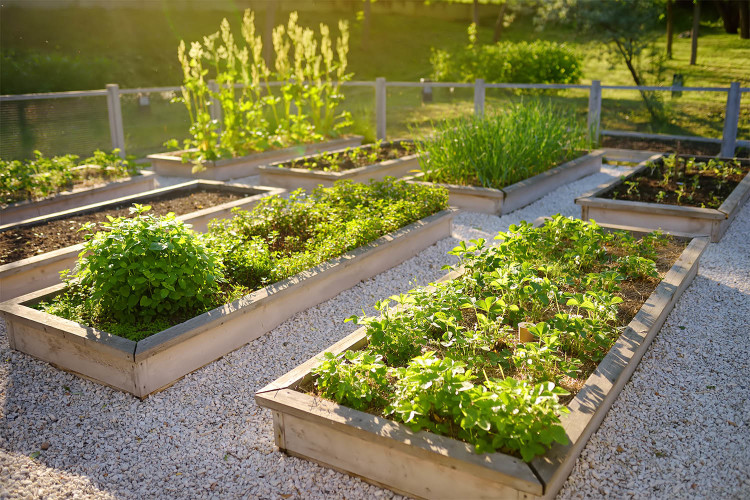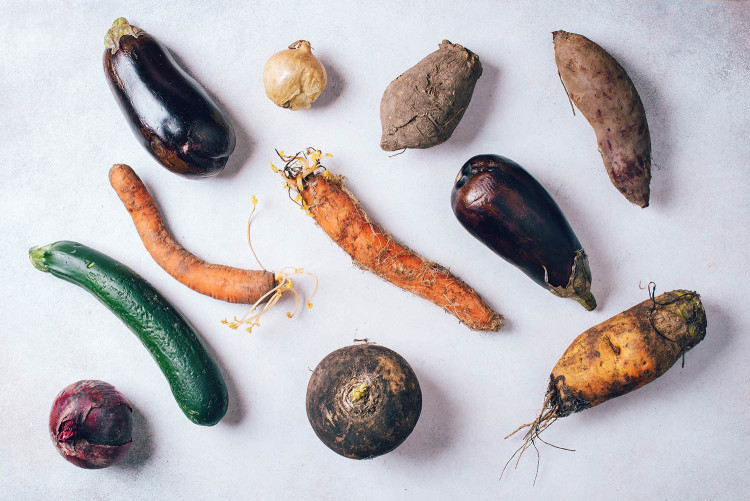
Eat the Solution: A How-To Guide
- By Daily Harvest
- Updated: April 2025

Why they’re good for you…
Fruits + veggies give you essential nutrients and dietary fiber, along with a plethora of therapeutic and preventative nutrients (aka dietary bioactive compounds) toting serious health benefits. Studies have also shown that adding more fruits + veggies to your diet can help you live longer and even help reduce the risk of depression.
Why they’re good for the planet…
Did you know eating a plant-based diet is four times more effective in reducing carbon emissions than recycling? You don’t even have to go all out and make the plant-based lifestyle switch, simply eating more veggies with a smaller carbon footprint (beans, pulses and grains are the most climate-friendly) helps make a difference.
Why it’s good for you…
The more time food has to travel, the earlier it has to be harvested in order for it to be ripe upon arrival. By buying locally, you get ingredients that are typically fresher, less processed, and more nutritious.
Why it’s good for the planet…
When you shop locally, your food is, well, local and doesn’t have to travel nearly as far to get to you, which means less fossil fuel energy, pollution, and emissions. Plus, you get to support local producers from your community.

Why it’s good for you…
We’re all constantly trying to avoid, prevent, or deny the amount of stress in our lives. Gardening is a remedy for that. If you can’t start your own garden, volunteering at a local farm or community garden is just as effective. Not only does it help reduce stress, but it also helps enhance positive diet habits, physical activity, and social connectedness.
Why it’s good for the planet…
Community gardens encourage sustainability by supporting the conservation of green space, providing ways to independently grow produce, and create opportunities to further beautify neighborhoods.

Why it’s good for you…
The nutritional quality of produce is highest immediately after harvest and decreases over time. With that in mind… Picture this: you really want strawberries this week. If you buy one large container of strawberries to last the whole week, their nutritional value will be significantly lower than multiple smaller containers purchased throughout the week. Make sense?
Why it’s good for the planet…
Food waste is a serious problem. A third of all food in the United States is wasted. That means all the time, energy, land, water, fuel (remember the 1,500 miles and all the pollution from transportation?) is wasted too. But this big problem has a simple solution: buy less, more often. Make fewer trips to the grocery store, make a shopping list (and stick to ‘em), and buy less food in bulk.
Why it’s good for you…
A flawed appearance has no effect on nutrition. Things like differences in shape, color, and size can result in an unjustified, one-way trip to the garbage. But this shouldn’t be the case. Looks aren’t everything, it’s what’s inside that matters.
Why it’s good for the planet…
When produce doesn’t meet retail appearance standards, it gets thrown away, despite being perfectly fine to eat. In 2013, 40% of the wasted fruits and vegetables were those deemed “wonky” or “ugly”. 91% of people are unaware the way we eat, produce, and waste food is the single biggest threat to our planet. Eating more “ugly” means less food, energy, and resources wasted.

Why it’s good for you…
When food labels have clear information about nutrition and ingredients, it helps you make healthier food choices. Even with only a basic understanding of nutrition and food science.
Why it’s good for the planet…
It can be really difficult to discern a product’s environmental impact. However, when consumers learned more about the effect the climate has on their food, they reduced their carbon footprint by 32% by making better food choices.
By farm-to-freezing diverse varieties of fruits and vegetables at peak ripeness, typically within 24 hours of harvest, we take the extra step to lock in flavor and nutrients. This way we ensure every bite is good for you and the planet. Stock up on deliciously nourishing food at daily-harvest.com.
When would you like your next delivery?
Note On Your Existing Order
Order #{{number}} for your most recent box has already been processed and is still scheduled to arrive {{date}}.
I understand Save CancelYou must meet the minimum order requirements for the box to ship. Add your replacement item(s) first and then try deleting this again.
When would you like your next delivery?
Note On Your Existing Order
Order #{{number}} for your most recent box has already been processed and is still scheduled to arrive {{date}}.
I understand Save CancelYou must meet the minimum order requirements for the box to ship. Add your replacement item(s) first and then try deleting this again.
Loading...